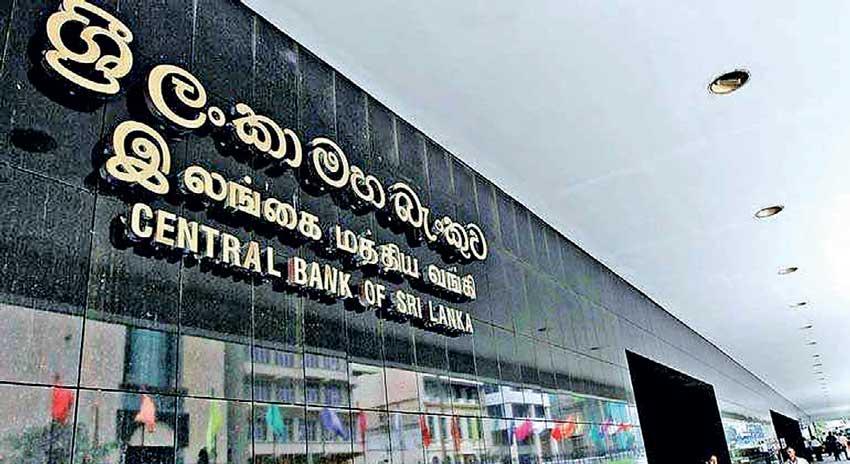Reply To:
Name - Reply Comment

Pushing back on claims made to the effect of reversal in the monetary policy towards a hawkish stance from a dovish stance, the Central Bank said it hasn’t made a turnabout and the measures last week were predominantly aimed at addressing some of the imbalances cropped up in the last few months in the foreign exchange market and also to pre-empt signs of some price pressures.
Last week, in a somewhat surprise move, the Monetary Board raised key policy rates by 50 basis points and banks’ statutory reserve ratio by 200 basis points, visibly ending a more than two-year-long easing cycle, which gathered in intensity since the onset of the pandemic, last year.
But the Central Bank pushed back on how last week’s actions were portrayed or interpreted, adding that it has not changed its policy and hasn’t really changed cycles.
“There is also another point which I have to mention. We have used the words like, ‘easing cycle’ but that does not mean the monetary policy easing cycle is over and we have got into another kind of cycle but I must stress that we are still in this cycle although a little adjustment in the interest rates have been made in order to address some of the short-term problems,” Central Bank Governor Prof. W.D. Lakshman said.
Soon after last August 19 actions, several analysts and economists joined the bandwagon to interpret the move as the beginning of a long cycle of corrective actions towards further tightening of monetary policy and Citibank even forecasted one more rate hike of between 25 to 50 basis points by the end of this year and another 100-150 basis points by next year.
However, the Central Bank has since April this year maintained that it wouldn’t hesitate to tweak its current monetary
policy stance.
In fact, the Central Bank officials, who spoke at the monetary policy presser two weeks ago, didn’t believe their actions to have a meaningful impact on the pace of credit to the private sector or the trajectory of the growth in the economy, which they estimated to be in course for a 5.0 percent growth in 2021.
Their sentiments were a reflection that the policy actions wouldn’t put much strain on the liquidity in the markets, as part of the currency in circulation, which is nearing a trillion rupees, could be drawn back into the system.
Any gaps in liquidity in the money markets should also be met through the Central Bank’s Standing Lending Facility Rate off 6.0 percent.
“I should also add that how the open market operations of the Central Bank work is that, any deficit in the domestic (or overnight rupee) market will be fulfilled by the Central Bank at the Standing Lending Facility Rate, which is at 6.0 percent,” said Central Bank Economic Research Department Director Dr. Chandrananth Amarasekara.
“So, the interbank market is assured that the Central Bank is there to obtain funding at 6.0 percent interest rate under the existing monetary policy corridor,” he added.